ROADIUM
Selections from Roadium: Circus/Carnival Series (1990-1995)
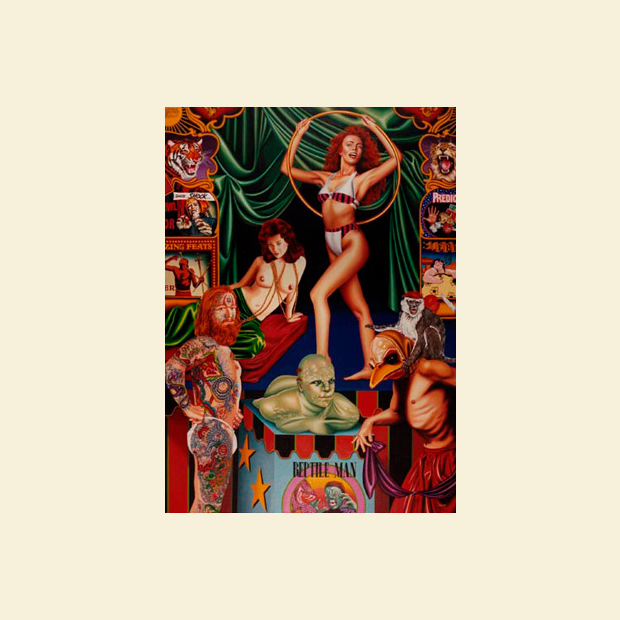
DREAMLAND ANNEX
72” x 50” – 1990
oil on canvas
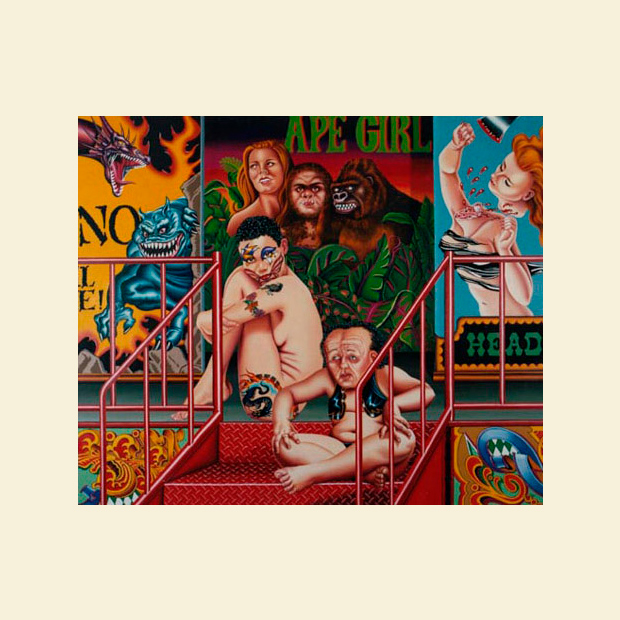
CAPTAIN BILLY'S MIDWAY
52” x 62” – 1991
oil on canvas
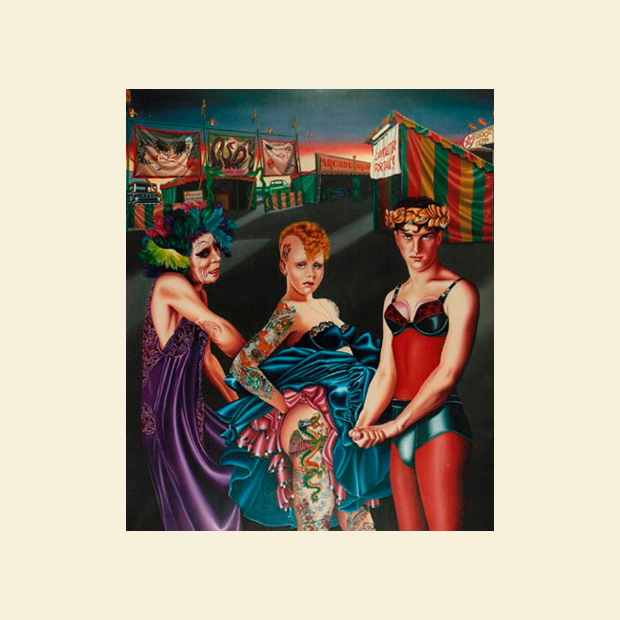
NOCTURNE
48” x 66” – 1992
oil on canvas
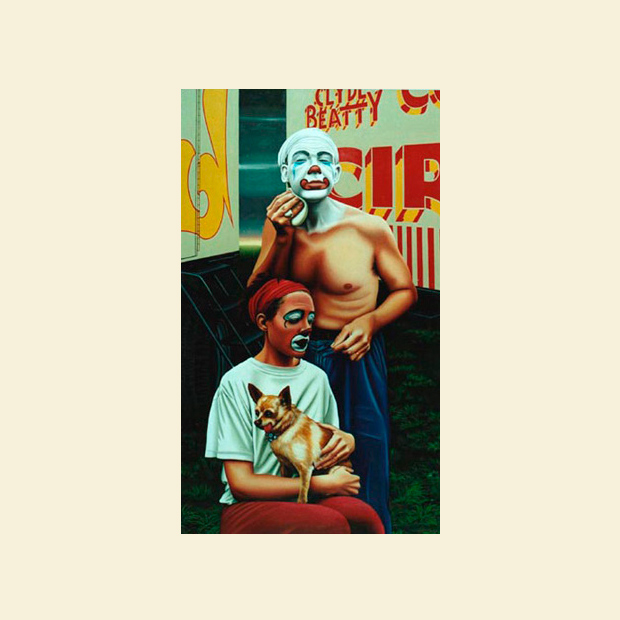
TWO TEGGES
52” x 30” – 1995
oil on canvas
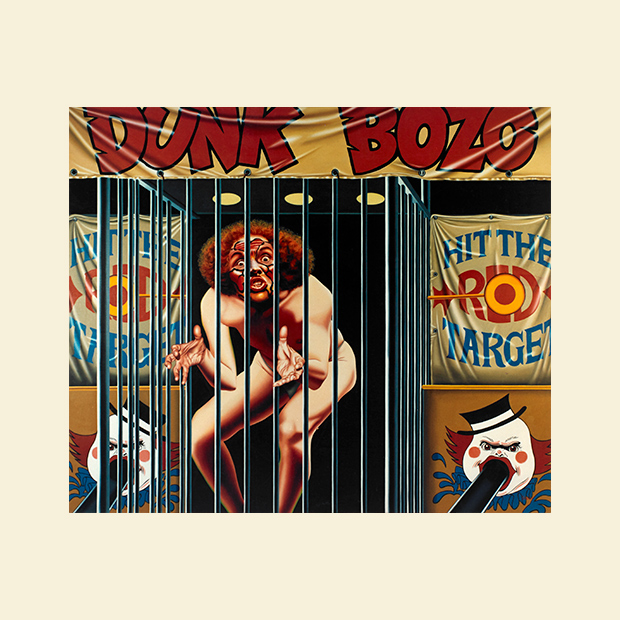
DRUNK BOZO
52” x 62” – 1992
oil on canvas
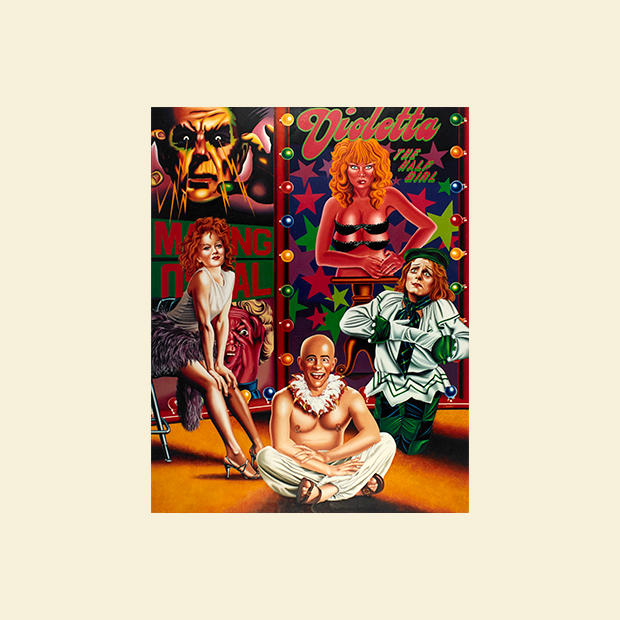
TABLEAUX VIVANT
72” x 56” – 1991
oil on canvas
On April 3, 1793, John Bill Ricketts presented a simple one-ring equestrian and clown show in Philadelphia . . . . the first circus in America and the humble beginning of what has become a unique and cherished part of our national heritage.
Combining painting, sculpture, folkloric and historic approaches, The Roadium explores the timeless magic of the circus; the rides, games, and side shows of carnivals; vaudeville puppet troupes and clowns: the banners and posters and preposterous newspaper advertisements and handouts that lured audiences to their shows.
This series commemorates these great forms of entertainment, their performers and troupers. It investigates how Americans played and enjoyed themselves throughout the ages, how this oldest form of entertainment has survived and flourished and how it helped shape the American consciousness.
The circus has always held a special attraction for artists. It’s been said that the circus is about the closest life ever gets to a living embodiment of the artist’s imagination. Writers from Emily Dickinson to e. e. cummings treated circus subjects, and Ernest Hemingway even contributed an article to the 1953 Ringling Bros. and Barnum & Bailey circus program. In the words of a contemporary writer, Bruce Feiler (Under the Big Top, 1995):
“More than anything else in our daily lives, the circus embodies those dreams we cannot afford to let die–the idea that we can fly, the belief that we can keep ten objects in the air at one time, the hope that we can stay young forever. No matter where we lie, or what we do, all of us need a few of these dreams–a little bit of the circus–every day of our lives.”
©2024 by IVESTER creative